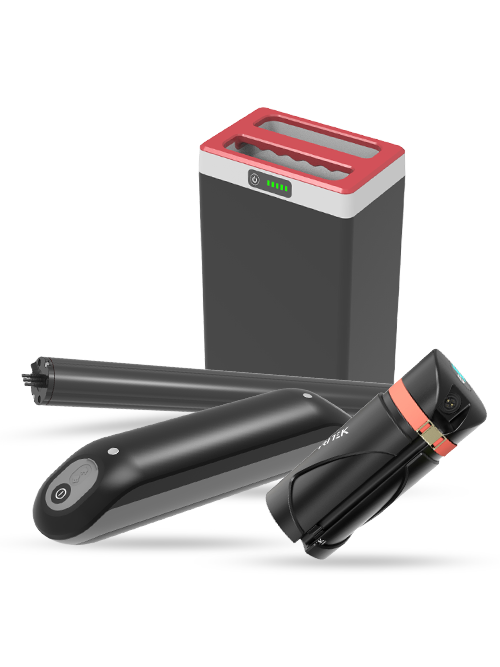The newly launched Talaria MX5 Sting Pro electric dirt bike recently celebrated its entry into the U.S. market, but it has already faced an unsettling incident: the first recorded major battery fire for a Talaria model. According to videos shared on social media, a Talaria MX5 was engulfed in flames after just 20 miles (32 km) of riding, with the rider recounting the frightening experience. The incident was confirmed by Eric Hicks, founder and owner of Luna Cycle, a major U.S. supplier of Talaria and other high-powered electric dirt bikes. Luna Cycle, well-regarded for bringing Talaria-style electric motorcycles to the U.S., has long been Sur Ron’s exclusive distributor in the country and has recently expanded its lineup to include multiple Talaria models. This incident underscores the need for a closer look at why li-ion batteries, even in top-brand motorcycles, can be susceptible to fires.


Why do even top-brand motorcycle batteries catch fire? The primary culprits include overcharging, overheat, and poor-quality battery cells. Each of these can trigger a dangerous reaction known as thermal runaway, where excessive heat builds up, potentially leading to fires. Understanding these risk factors is essential for consumers and manufacturers alike to improve battery safety and prevent future incidents.
Battery fires might seem sudden and unpredictable, but they’re often the result of specific, identifiable causes. By investigating what happens inside a lithium battery under stress, we can pinpoint areas where safety could be improved. Before exploring preventative measures, let’s take a closer look at the factors that lead to these dangerous thermal reactions. Read on to learn what triggers lithium-ion batteries to overheat—and how these issues can be minimized with proper design and maintenance.
Understanding Thermal Runaway: The Chain Reaction Behind Battery Fires
What is Thermal Runaway
Thermal runaway is a self-sustaining reaction within a lithium-ion battery where internal heat generation escalates uncontrollably.
This process begins with heat build-up within the battery cells—often caused by electrical stress, high temperatures, or even physical damage. Once the heat reaches a critical point, it triggers further chemical reactions that release even more heat, leading to a dangerous feedback loop. Without an immediate way to dissipate this energy, thermal runaway can result in smoke, fire, or even an explosion.
This phenomenon is particularly risky for high-powered applications like motorcycle batteries, where energy demands and environmental stresses can be significant.
Daniel E. Flynn – Chief fire marshal, FDNY
Why Thermal Runaway in Motorcycle Batteries
Overcharging
When a battery receives more current than its designed capacity, the internal cells produce excessive heat, placing tremendous stress on their structure. This overload can initiate chemical breakdown, creating gases that expand within the cell and increase internal pressure. If these conditions persist, the battery’s structure can degrade, setting off thermal runaway.
To prevent this, Tritek integrates an advanced Battery Management System (BMS) into each battery, which continuously monitors and regulates charging to avoid overcharging and ensure safe operation.
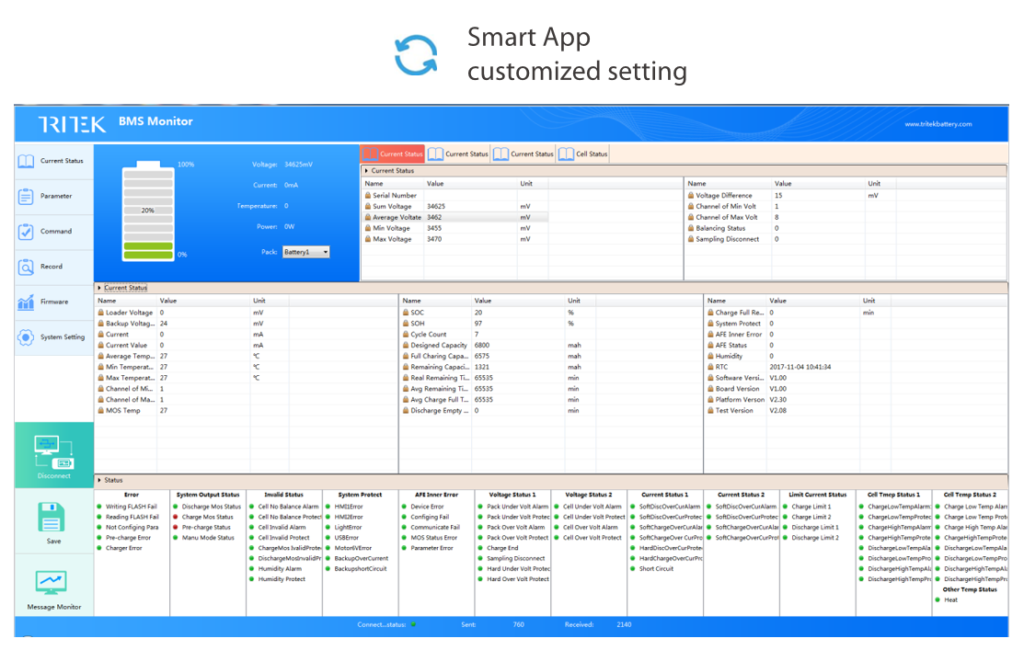
High Temperatures
Lithium-ion batteries are sensitive to both high ambient temperatures and intense heat generated internally.
When exposed to high temperatures—whether from the environment, rapid discharges, or intense usage during rides—battery cells may struggle to cool down effectively. In electric motorcycles, where the battery may be subject to prolonged use and high-speed riding, the risk of overheating is even higher. Without adequate heat dissipation, this overheating can set off thermal runaway.
To combat this, Tritek rigorously tests batteries under extreme temperatures and uses aluminum shells to enhance heat dissipation, improving safety in demanding conditions.

Poor-Quality Battery Cells
Not all battery cells meet the same high standards. Low-quality cells often lack essential safeguards against internal short circuits, a common trigger for thermal runaway.
Such cells may contain microscopic impurities, manufacturing defects, or inadequate insulation, increasing the risk of internal failure and dangerous overheating. For motorcycles, where performance demands are high, using premium, rigorously tested cells is critical to minimizing fire risks.
To ensure top safety and reliability, Tritek exclusively uses high-quality battery cells from trusted brands like LG, Samsung, and CBAK. And conduct extensive testing include forced discharge, overcharge, 25°C short-circuit performance, crush, impact, heating, projectile tests, etc.

How Advanced Battery Management Systems (BMS) Improve Safety
A Battery Management System (BMS) is the “brain” of a lithium-ion battery pack, continuously monitoring, regulating, and protecting the battery from conditions that could lead to dangerous failures. In electric motorcycles, where batteries endure demanding usage patterns and environmental stress, a robust BMS is vital for safe performance.
Overcharge protection
A primary role of the BMS is to prevent overcharging by precisely managing the flow of current into the battery cells. Overcharging leads to heat buildup, which can compromise cell structure and trigger thermal runaway.
Advanced BMS systems monitor each cell’s voltage individually and cut off the charging process as soon as optimal capacity is reached.
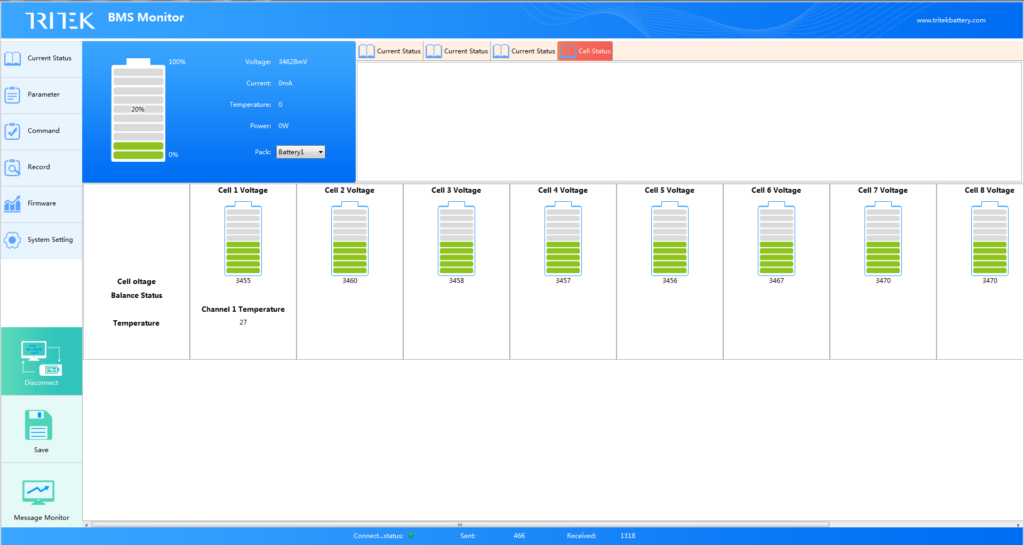
This proactive approach prevents overcharging and keeps the battery within safe operational limits, even during rapid or high-power charging sessions.
Overheating protection
Temperature regulation is another critical function of a BMS. The system continuously monitors cell temperatures, adjusting operation or even shutting down the battery if heat rises to dangerous levels. In addition, some BMS units incorporate cooling mechanisms or work with external cooling designs that aid in heat dissipation. This feature is especially useful in electric motorcycles, where prolonged use and high discharge rates can generate significant internal heat.
By integrating temperature sensors and automatic shutdown triggers, a well-designed BMS acts as a protective layer, reducing the risk of thermal runaway and improving safety during intense riding conditions.

Short Circuit and Damage Detection
Short circuits can occur when cells are damaged, whether from impact, manufacturing faults, or impurities. When a short circuit is detected, the BMS intervenes immediately, either by cutting power to the affected cells or shutting down the entire battery system. This instant response can prevent overheating and further internal damage, reducing the likelihood of a cascading failure that could lead to a fire.
Through high-speed detection of electrical irregularities, an advanced BMS acts as a failsafe, identifying and responding to potential issues before they escalate. This is crucial for electric motorcycles, where exposure to vibrations, impact, and high performance demands make batteries more susceptible to such risks.
How Design and Material Innovations Improved Battery Safety
Aluminum and Metal Enclosures: Enhancing Heat Dissipation and Durability
In electric motorcycle applications, effective heat management is essential for battery safety, especially given the high energy demands and extended usage. One of the most effective ways to manage heat is through the use of aluminum or other metal enclosures, which offer excellent thermal conductivity and durability. Aluminum enclosures disperse heat more evenly across the battery, allowing it to cool faster and reducing the likelihood of localized hot spots that can trigger thermal runaway.
These enclosures also provide structural protection, shielding the battery cells from impacts and vibrations common in motorcycles. By using durable, heat-resistant materials, manufacturers aim to minimize the risks of overheating, particularly under demanding riding conditions.
Most of Tritek’s battery packs utilize aluminum shell.
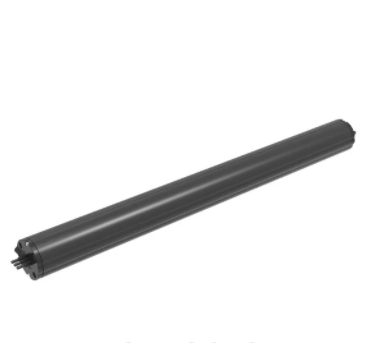
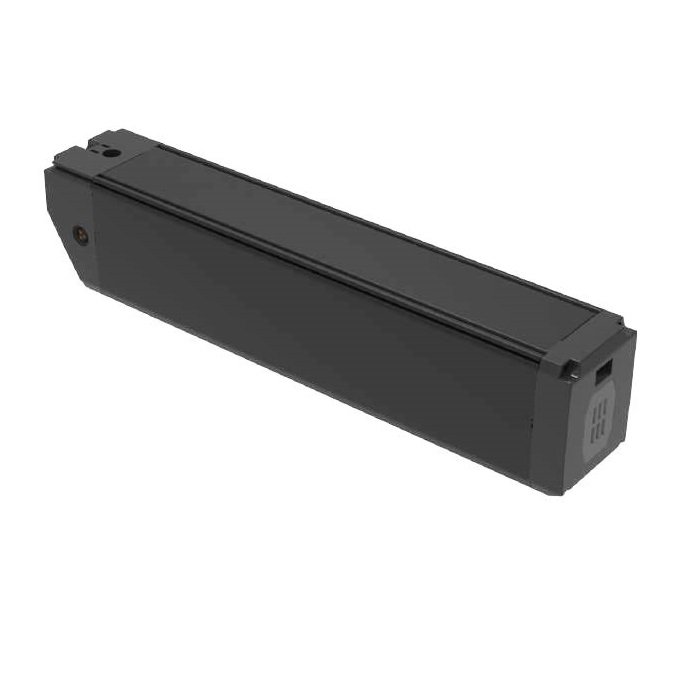
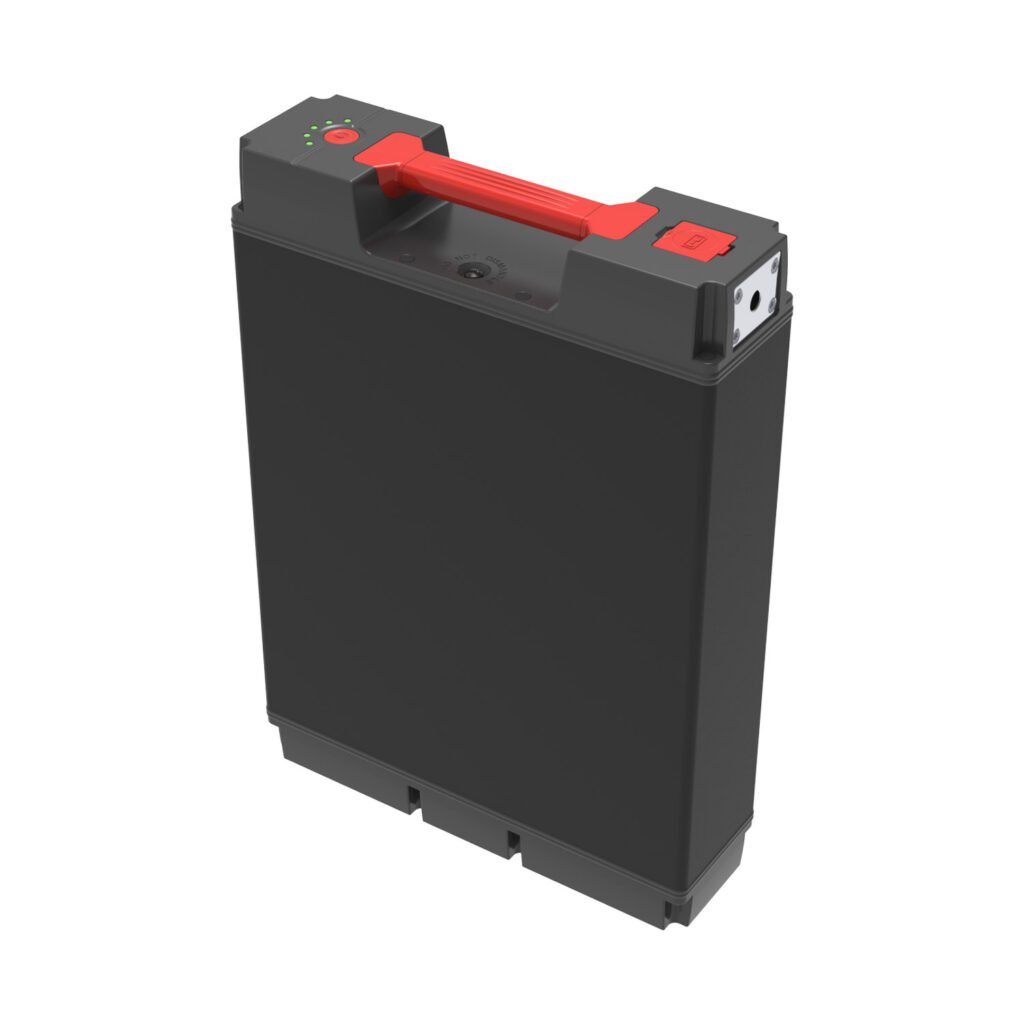
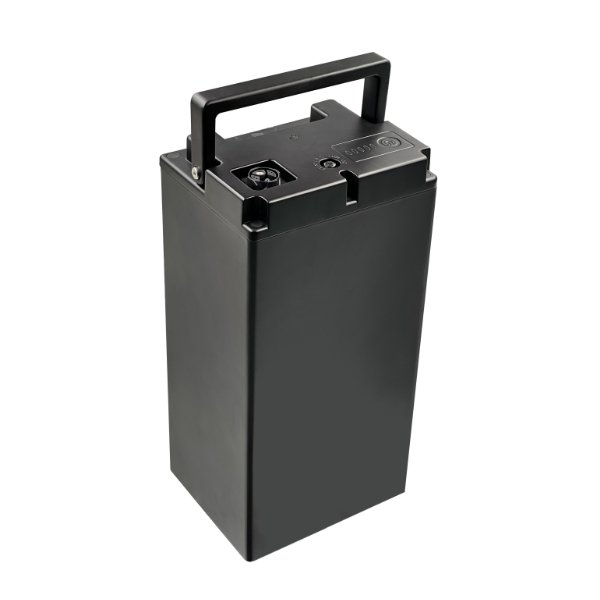
Cell Spacing and Fire-Resistant Barriers: Reducing the Spread of Thermal Runaway
A major innovation in lithium-ion battery safety is the strategic spacing between cells, which helps contain overheating. If one cell experiences a fault, having a gap between cells limits the spread of heat, slowing down the chain reaction of thermal runaway.
In addition to spacing, fire-resistant barriers or insulation layers can further prevent a single overheating cell from affecting adjacent cells. By adding these protective layers, manufacturers enhance battery pack resilience and limit the escalation of potential thermal events, especially valuable in high-powered applications like motorcycles, where safety must align with performance.
Safety Venting Mechanisms: A Controlled Release of Pressure
To mitigate the risk of explosions, modern lithium-ion battery designs include safety venting mechanisms that release internal pressure safely. During a thermal event, gases can build up inside a cell, and without a way to escape, this pressure could cause the battery to rupture. Safety vents provide a controlled outlet for these gases, preventing catastrophic explosions.
In electric motorcycles, this safety feature helps maintain control in the rare event of a battery failure. Rather than experiencing a sudden failure, a well-ventilated battery can contain the reaction, allowing time for riders to respond safely.
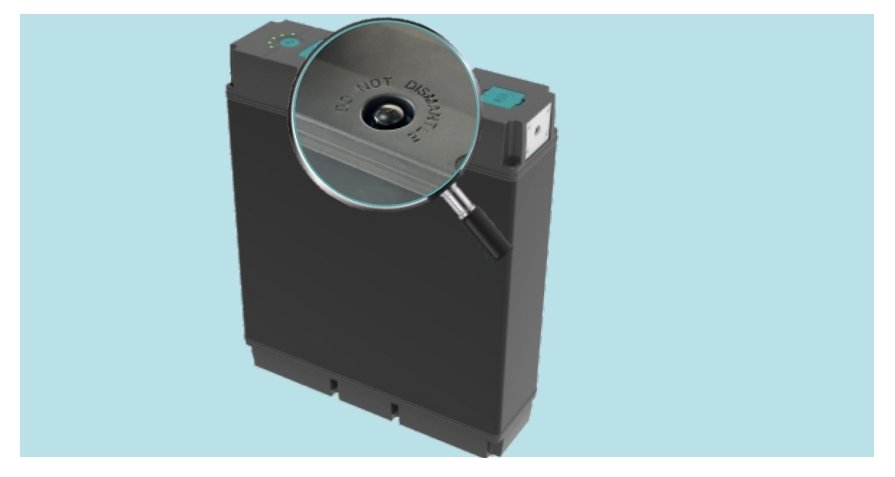
How Certifications Guarantee Battery Safety and Market Compliance
Battery certifications serve as critical benchmarks for safety, reliability, and regulatory compliance, varying across global regions to meet specific standards. Certifications like UL, EN, and IEC assess batteries through rigorous testing processes to verify resilience under diverse conditions, assuring both safety and smooth market entry across the U.S., Europe, and beyond.
Key Certifications
1. UL (U.S. Safety Standards)
UL certifications, such as UL2271, are developed in the United States and are known for their strict safety requirements for lithium-ion batteries used in e-mobility applications. UL testing evaluates batteries for overcharging resistance, structural integrity, and short-circuit protection, which are vital for high-demand applications like electric motorcycles.
2. EN (European Safety Standards for Electric Vehicles)
EN certifications, including EN50604 and EN15194, cater specifically to the European market. For example, EN50604 addresses the safety of lithium-ion batteries in light electric vehicles (LEVs), while EN15194 covers electrically power-assisted cycles (EPACs), assessing overall system safety, motor efficiency, and electromagnetic compatibility (EMC).
3. IEC (International Electrotechnical Standards)
IEC standards, such as IEC 62133 and IEC 60364, provide comprehensive international safety guidelines for rechargeable batteries, focusing on aspects like heat tolerance, vibration resistance, and safe chemical design. These standards apply globally but hold particular significance in regions like Europe and Asia.
4. UN (Global Transport Safety for Lithium Batteries)
UN certifications like UN38.3 ensure batteries are safe for international transport, testing them for resilience under varying altitudes, temperatures, and impacts. UN standards are vital for global logistics, confirming that batteries meet international safety requirements during shipment, whether by air, sea, or land.
5. ISO and IATF (Quality Management Standards)
Standards like ISO 9001 and IATF 16949 focus on quality management within manufacturing, applying stringent protocols from production to final assembly. These certifications, particularly valuable in the automotive industry, assure manufacturers and consumers of consistent quality and strict production standards, resulting in reliable, safe batteries.
6. IP67 Certification (Ingress Protection)
IP67 certification validates a battery’s resilience against environmental factors like water and dust, which is essential for high-power electric applications in various weather conditions. IP67-certified batteries offer reassurance of durability and safety under exposure to outdoor elements.
Why Certification Matters for Safety and Market Access
Enhanced Safety Assurance
Certified batteries meet rigorous safety standards, reducing risks associated with short circuits, thermal runaway, and mechanical stress. This adherence to strict testing protocols ensures that certified batteries can handle high-stress conditions with minimized risk.
Facilitated Market Entry
Certifications like UL for the U.S., IEC and EN for Europe and Asia, and UN standards for global transport are often mandatory for entering regulated markets. Adhering to these certifications eases the pathway to market entry, giving products a competitive advantage by meeting international standards.
Increased Consumer Trust and Reliability
For consumers, certifications are a guarantee of quality and safety. Batteries with marks like UL, EN, and IEC reassure buyers of their safety and performance, fostering consumer confidence in certified products.
Choose products with international certifications for peace of mind in purchase and confidence in use.
What to Do When a Battery Catches Fire?
Battery fires can escalate quickly and pose serious risks. Knowing the proper steps to handle such emergencies can help minimize damage and ensure safety. Here’s a clear guide on what to do if a lithium-ion battery catches fire:
1. Stay Calm and Act Quickly
Keep a Safe Distance: Move away from the burning battery immediately to avoid exposure to toxic fumes or heat.
- Alert Others: Inform anyone nearby about the danger and ask them to maintain a safe distance.
2. Use the Right Extinguisher
- Do Not Use Water Directly: Water can worsen the fire in some cases, particularly if the battery contains exposed electrical circuits.
- Use a Class D Fire Extinguisher: This type is specifically designed for fires involving flammable metals like lithium.
- Alternative Options: If a Class D extinguisher is unavailable, use sand or a fire blanket to smother the flames.
3. Contain the Fire
- Remove Flammable Items: Ensure there are no combustible materials nearby, such as paper, wood, or fuel.
- Isolate the Battery: If safe to do so, carefully move the burning battery to an open, non-flammable area using non-conductive tools like a metal shovel or tongs.
4. Ventilate the Area
- Toxic gases released from lithium-ion batteries, such as carbon monoxide and hydrogen fluoride, can be harmful.
- Open windows and doors to improve airflow and reduce inhalation risks.
5. Call Emergency Services
- Seek Professional Help: Contact local fire services immediately for assistance.
- Inform About Lithium-Ion Batteries: Let responders know the fire involves lithium-ion batteries, as this may require specialized handling.
6. Treat Injuries and Seek Medical Attention
- For Burns: Cool the affected area with running water for at least 10 minutes and cover it with a clean, non-stick dressing.
- For Smoke Inhalation: Move to fresh air and seek medical attention if symptoms like dizziness or difficulty breathing occur.
7. Dispose of the Battery Safely
- Let It Cool Down Completely: Wait until there’s no heat or smoke before attempting to handle the remnants.
- Contact Proper Authorities: Follow local hazardous waste disposal guidelines for safe removal of damaged batteries.
Prevention Is Key
To avoid such situations, always:
- Use certified chargers and batteries.
- Store batteries in a cool, dry place.
- Avoid overcharging or deep discharging.
- Inspect batteries regularly for signs of damage, like bulging or overheating.
Conclusion: Prioritizing Safety in Lithium-Ion Battery Design
The Talaria MX5 fire incident serves as a stark reminder of the challenges in ensuring the safety of lithium-ion batteries, especially in high-demand applications like electric motorcycles. While overcharging, overheating, and poor-quality cells are common culprits behind thermal runaway, these risks can be effectively mitigated through advanced design, high-quality materials, and robust Battery Management Systems.
Innovations like aluminum enclosures, fire-resistant barriers, and certifications such as UL, EN, and IEC have made significant strides in battery safety, but ongoing vigilance is crucial. Manufacturers must prioritize rigorous testing, premium components, and compliance with international safety standards to prevent such incidents and inspire consumer confidence.
For riders and manufacturers alike, understanding the science behind thermal runaway and adhering to best practices in design and maintenance is essential. With the right precautions, lithium-ion batteries can deliver the performance and reliability we expect, without compromising on safety.
By choosing batteries equipped with cutting-edge safety features and certifications, we can pave the way for a safer, more sustainable electric future.
FAQs
Are lead-acid batteries inherently safer than lithium-ion batteries?
While lead-acid batteries are less prone to thermal runaway, they still have safety concerns, such as the risk of leaking corrosive acid, off-gassing hydrogen, and potential for explosions if overcharged. Lithium-ion batteries, when equipped with advanced safety features like BMS and certified components, can be equally or even more reliable.
How do battery manufacturers ensure the safety of lithium-ion batteries?
Manufacturers implement safety measures like advanced Battery Management Systems (BMS), high-quality certified cells, thermal insulation, and robust enclosures. These features significantly reduce the risks of thermal runaway and other hazards.


